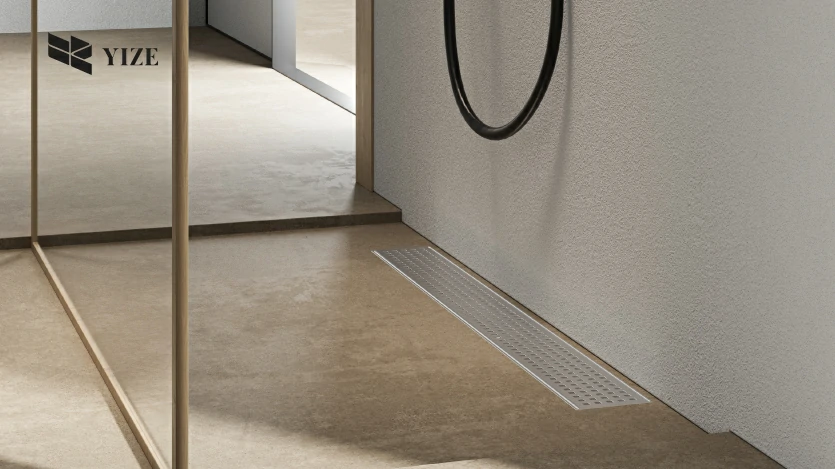Shedding hair is natural. It happens to everyone at all stages of life. Even as hair grows longer, some can get uprooted and then replaced with new ones. The human head has over 100,000 hair follicles, and we lose between 50 and 100 every day. They fall out as dander without us knowing or will come out when brushing or washing. And if it goes down your drain, it can cause clogs.
This is what hair catchers are for. Hair catchers are essential parts of the drainage system. As long as you have hair, you should have a hair catcher in your drain.
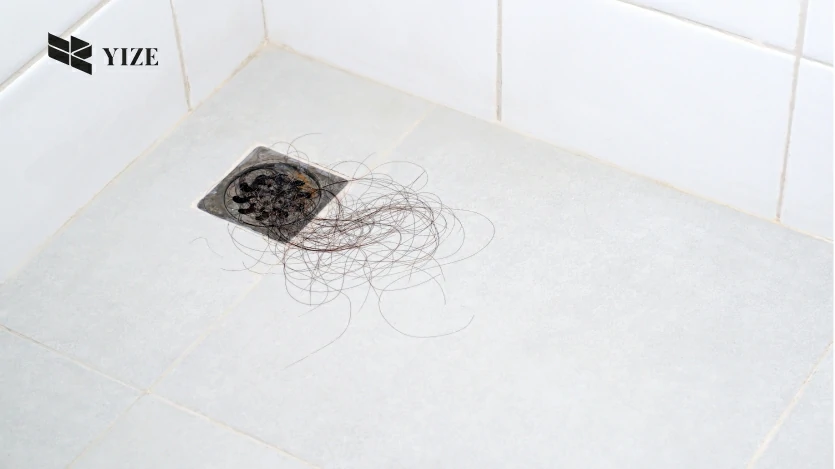
Why Use Hair Catchers?
The main component of hair follicles is keratin. This structural component of the body is in the nails, different organs, and hair. Keratin is one of the most durable organic substances. It won’t dissolve in water, not even most acids. Standard bath and shower cleaners will do nothing to loose hair except make it extra clean. It can’t flush away or melt like most drain debris.
Hair catchers stop clogs from forming. This keeps pipes healthy by stopping the hair where it can be retrieved. Most designs are very quick to use.
What Materials Are Hair Catchers Made Of?
Shower drain hair catchers come in a variety of materials.
Plastic
Plastic hair catchers are replaceable and disposable. They install it on top of the square shower drain. Water filters down but collects debris, including hair. The catcher can be thrown away when it has collected too much. They are cheap, but they collect debris fast. They are visible, which is unpleasant to look at.
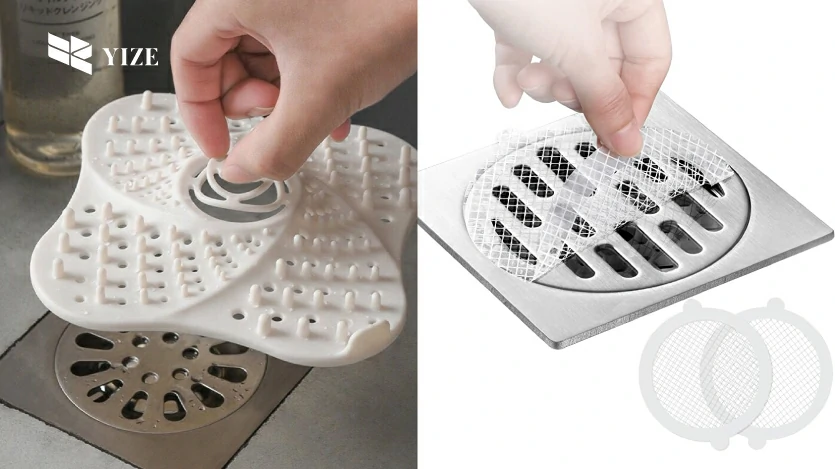
Metal
Built-in hair catchers meant to last are metal. These are not disposable but offer different easy cleaning options. The catchers attach below the low profile shower drain, which connects to the pipe. They are easy to clean and reuse but may build up rust over time.
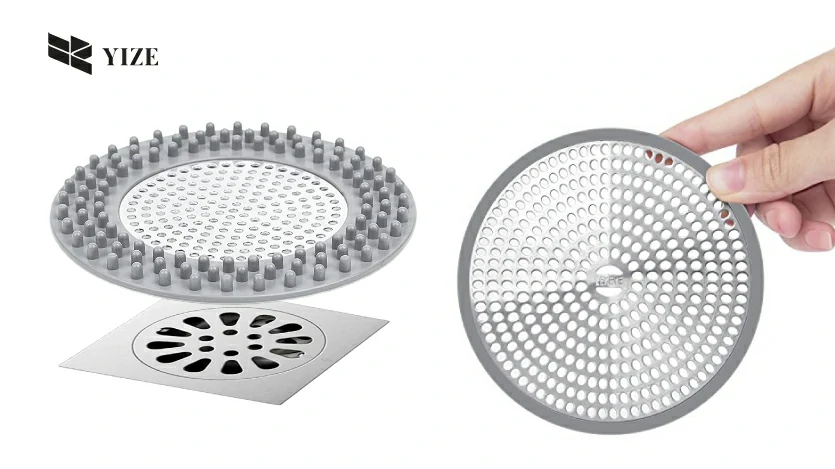
Stainless Steel
The most common material for shower drain hair catchers is stainless steel. The material is resistant to corrosion caused by constant water soap runoff. Liquid runs off and solids get caught.
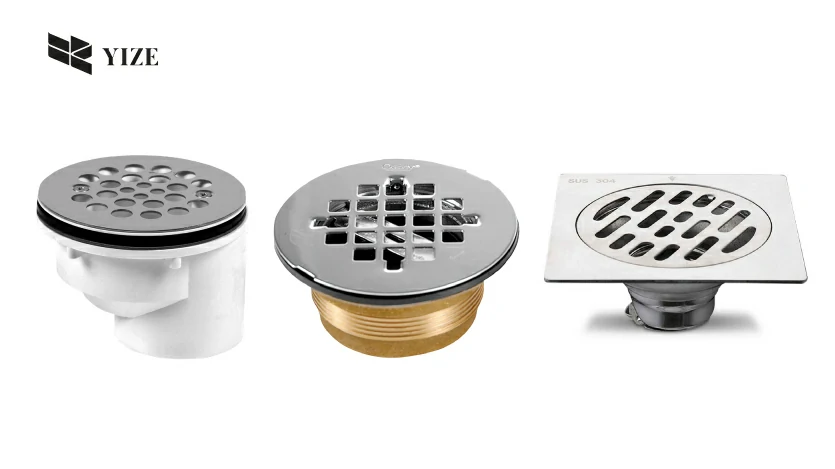
Types of Shower Drain Hair Catchers
The type of hair catcher you get depends on the shape of the drain in the shower area. Showers can be renovated to fit many unique options. These come in a variety of shapes and sizes that fit any shower drain.
Surface
Some hair catchers are part of the drain opening. These are more common in sinks than in baths or showers, but they work by trapping debris before it enters the drain. Modern models catch the hair separate from the drain pipe itself, so they are always within reach but not so easy to touch.
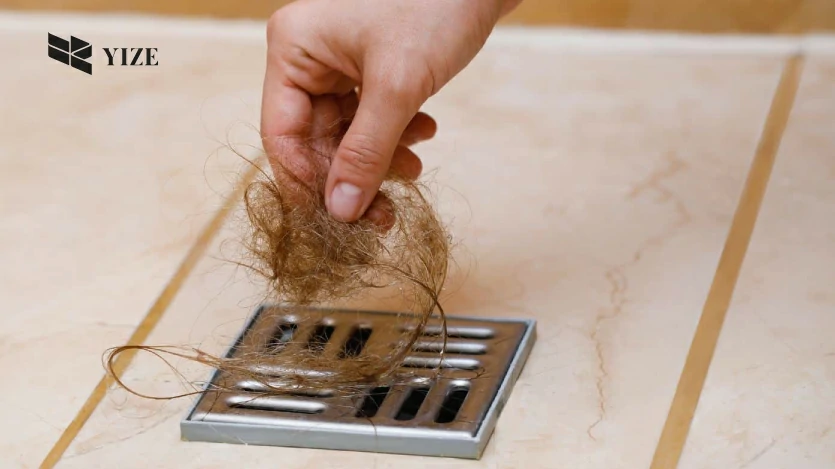
Built-In
While the hair catcher is almost always stainless steel, the covering does not have to be the same. Steel drain covers, as an option, bring the same non-stick property to where your feet might tread. It’s not the safest option. They also conduct more heat, so if you like a hot shower, you may end up close to the hot metal as well.
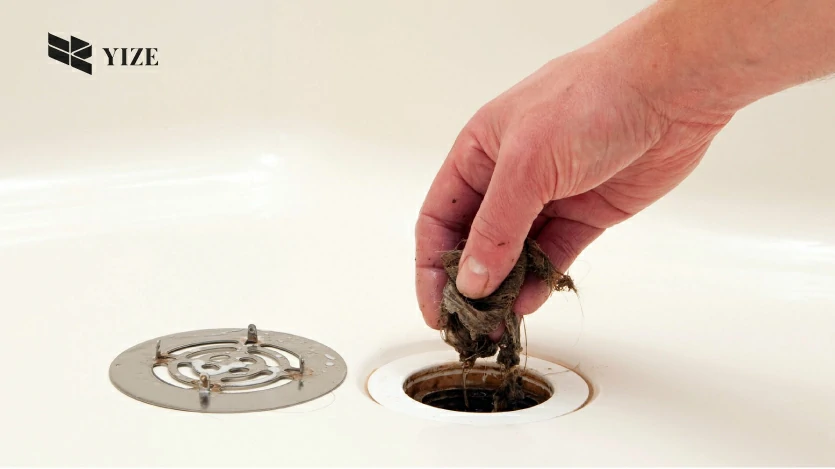
Tile Covers
Other options for tile covers include tempered glass and plastic. These blend together with harder surfaces. Tempered glass and plastic are sturdy and easy to clean. Plastic is more fragile but also easier to replace. Linear drains installed by a professional are made to be disassembled and cleaned with no hassle.
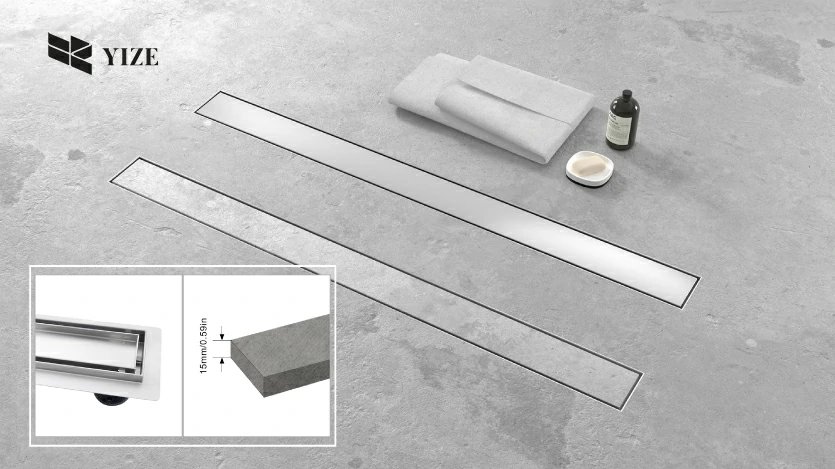
How to Keep Your Hair Catcher Clean
The obvious goal of a hair catcher is to get dirty. It collects hair, and hair can end up collecting its own share of dirt and grime. When that happens, it’s time to clean out the catcher.
Cleaning a hair catcher out is simple in practice. You remove it, then take the hair out of it. It’s not a pleasant sight, some find it hard to stomach, but you can throw it away in a trash can. Don’t flush it down the toilet – those pipes don’t have a hair catcher, and you do not want to clean them out yourself. Safe disposal of hair from the drain will keep all your pipes working with no issues.
You can further clean it out or force any straggling stray hairs with a quick wash. Hair catchers made of stainless steel don’t need much maintenance at all. They’re designed to be wet and even stay wet. The longer you keep the hair down there, the higher you risk stains or rust building up. Stainless steel can still rust, so it’s good to clean the shower drain out once every other week, at least.
Conclusion
While many kinds of linear shower drains hair catchers exist, there is a top quality choice worth sticking with. Stainless steel is the standard for drains and water systems in and out of the bathroom. A high quality hair catcher can make your shower look better. It promotes cleanliness and good health as well.
